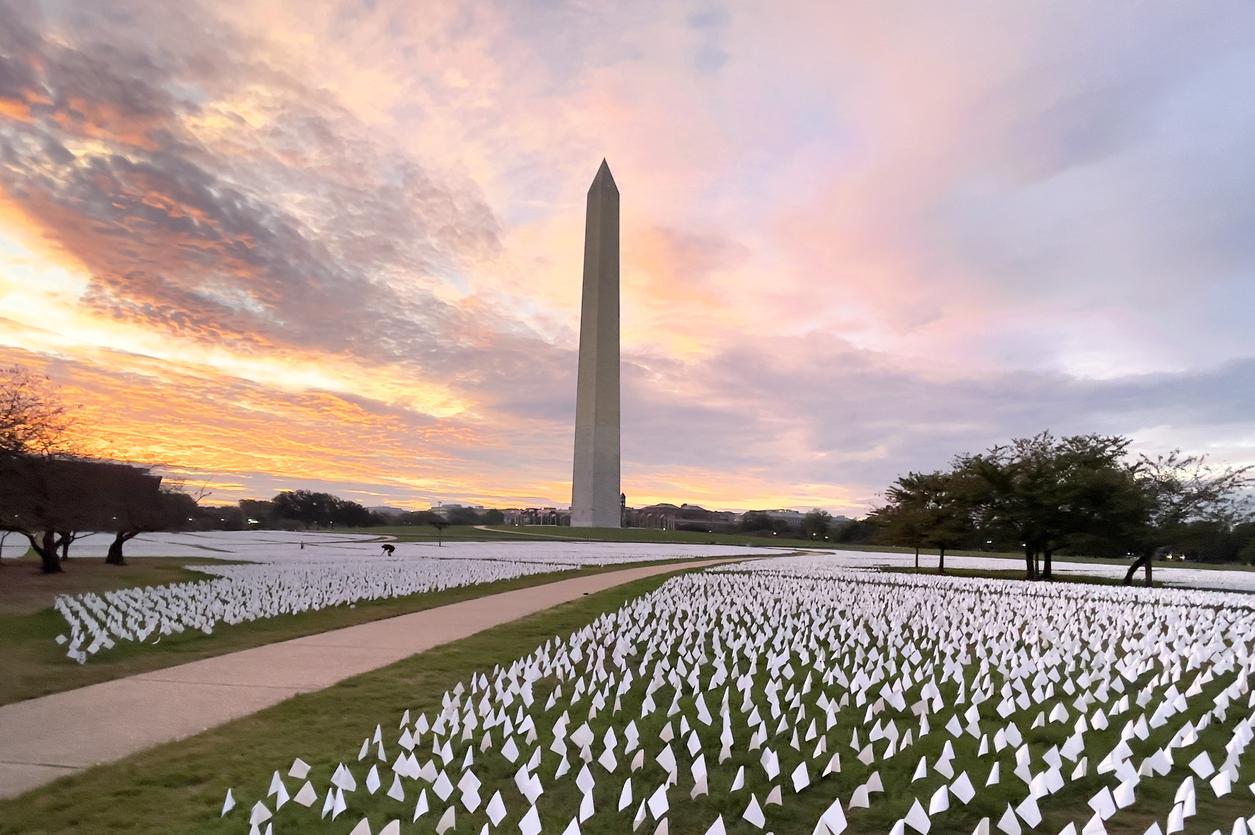Despite being one of the world's highest income countries, with strong healthcare and a high rank for preparedness, the United States struggled with COVID-19 and the pandemic played out vastly different ways across the country. A new analysis published yesterday dug into the reasons, some of which aren't surprising, and provided insight into the nuanced factors in play.
Researchers who examined what drove variations in state response to the pandemic published their findings yesterday in The Lancet. They looked at state-level COVID data from the Institute for Health Metrics and Evaluation's (IHME) COVID-19 database, as well as government economic, education, and census data. They also factored in state pandemic policies and behaviors, such as vaccine coverage.
Their goal was to examine five key areas that might explain differences among states: the role of social inequities; healthcare and public health capacities; politics; state pandemic policies and how long they were sustained; and tradeoffs between COVID burden and education and economic outcomes.
Common denominators where deaths rate were high
For deaths, they found a fourfold difference in rates across states, with fatalities lowest in Hawaii and New Hampshire and highest in Arizona and Washington, DC. Overall, they found that states with higher poverty, lower levels of education, less access to quality healthcare, and less trust in others had disproportionately higher rates of COVID infections and deaths. These factors were common denominators in states with the highest Black populations and those that voted for the Republican candidate in the 2020 election.
Study co-author Thomas Bollyky, JD, who directs the Council on Foreign Relations' Global Health Program, said in a Lancet press release, "What is clear from our study is that COVID-19 exploited and compounded existing local racial inequities, health disparities, and partisan politics to create a syndemic—a combination of local factors that interact, increasing the burden of disease from this pandemic and the likelihood of poor outcomes."
Though states with greater access to quality healthcare performed better, researchers didn't find a link between higher state spending on public health or more public health personnel and better health outcomes.
Untangling the role of politics
Partisan politics played a more nuanced role, and the team found no link between political affiliation of the state governor and death rates from COVID. Five of 10 states with the lowest death rates had Republican governors: Vermont, New Hampshire, Maryland, Ohio, and Nebraska. And though the five best-performing states were led by Democrat governors, the key predictor of infections and deaths was the share of the state that voted Republican in the 2020 election.
Partisanship also wove through other elements of pandemic response, with stronger health systems driving higher vaccine coverage in states that voted Democratic, but no such connection in states tilted toward Republicans. "Importantly, our results suggest that the more robust a health system, the better a state performed in the pandemic, but only in states where the public was willing to make use of healthcare services for vaccination or to get early treatment for their conditions," said Joseph Dieleman, PhD, senior author an associate professor at IHME.
Weighing health restrictions, jobs, and student test results
States that ordered more protections, maintained them for longer, and had high vaccination rates had lower infection rates; however, only high vaccination rate was strongly associated with death rates.
Dieleman said, "Ultimately our public health policies seem capable of preventing transmission, but other societal factors like poverty, education attainment, and access to high-quality healthcare might have muddled the response and led to death rates being highest in some states that didn't have tremendously high infection rates."
Researchers saw wide variation in declines in state gross domestic product, employment, and student test scores, but they didn't find a tradeoff between a state having a strong economy or a good health performance during the pandemic. Bollyky said, "For example, maintaining mask mandates for longer did not translate, on average, into a state experiencing a greater reduction in GDP than its less restrictive neighbours."
Jobs was the exception, with mandated restaurant closures and increased mask use linked to larger falls in employment rates.
For schools, closures didn't reduce test scores in most US states, though the group did find a link between lower fourth-grade math scores and policy mandates, such as increased mask use and vaccine mandates for employees.
Bollyky said rebuilding trust in public health and future pandemic responses will require greater transparency surrounding the political, social, economic, and racial inequities that magnified US struggles, and urged leaders to be honest in identifying where economic and educational measures may be too great to justify protective measures.
"Our results suggest that those US states that mitigated those structural inequalities, deployed science-based measures, and mobilised the solidarity that exists in American society were able to match the best-performing nations globally," he said.



















